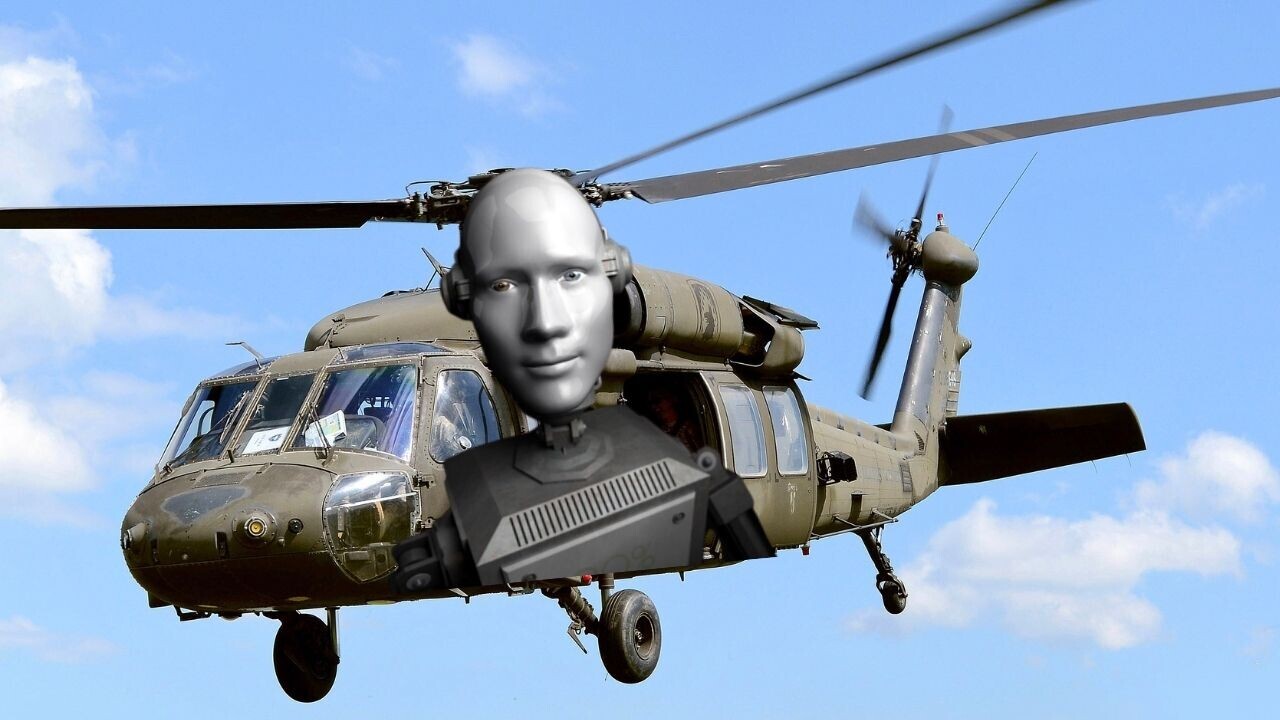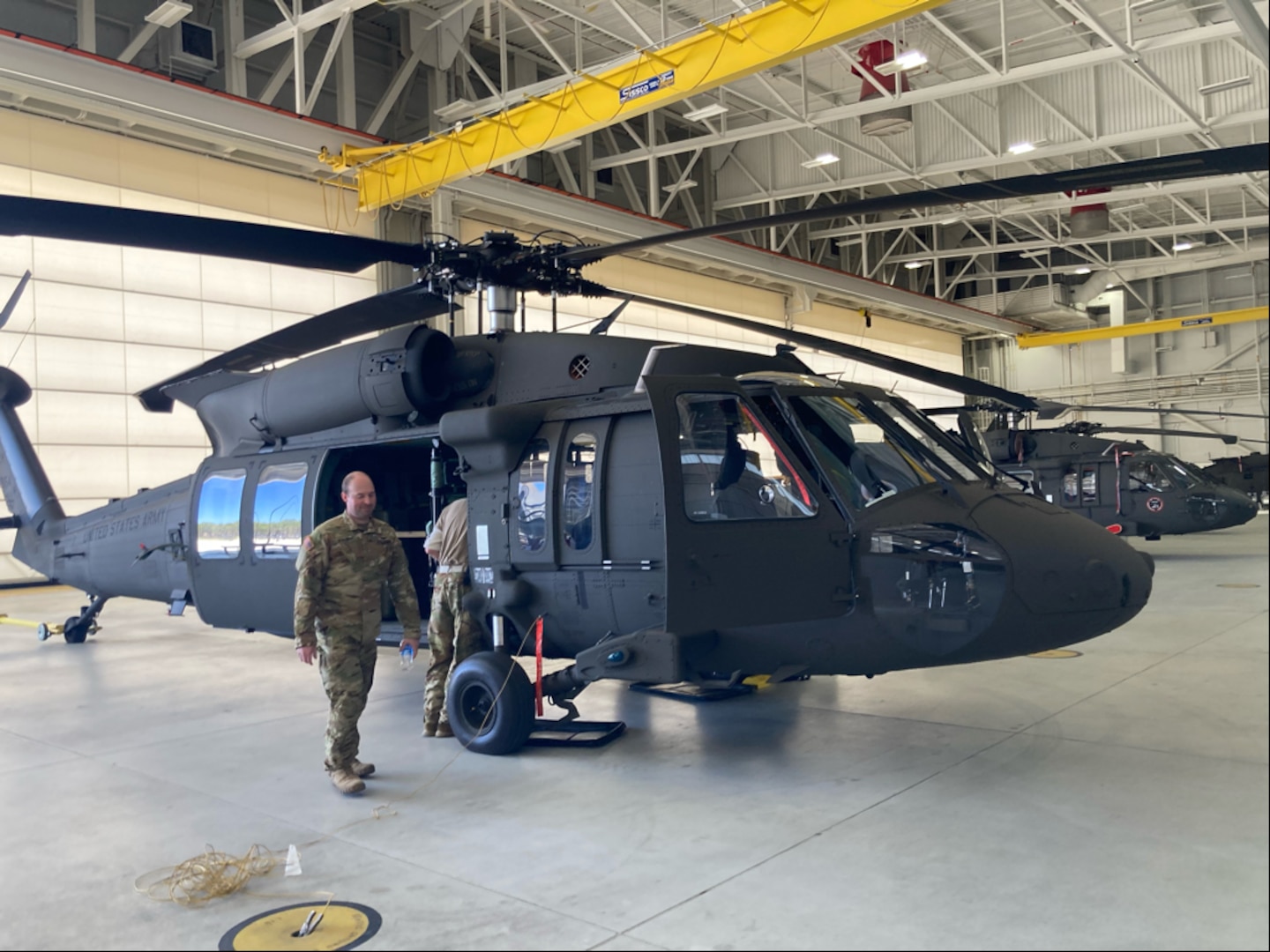Revealing the Power and Flexibility of the Blackhawk Helicopter
The Blackhawk helicopter stands as a testament to engineering quality and armed forces technology, considerably forming the landscape of modern-day aerial operations. As we discover its history and operational capabilities, one need to think about how the Blackhawk proceeds to influence modern battle approaches and altruistic initiatives alike.
Background of the Blackhawk
The history of the Blackhawk helicopter is noted by considerable technological innovations and a tactical advancement in army aeronautics. Established in the late 1960s by Sikorsky Airplane, the UH-60 Blackhawk was at first developed to replace the older UH-1 Iroquois, generally referred to as the "Huey." The Blackhawk's initial trip occurred in 1974, and it was officially introduced to the U.S. Military in 1979.


This aircraft was developed to meet the demanding requirements of contemporary war, concentrating on rate, durability, and flexibility (Blackhawk Helicopter). Its ability to run in various atmospheres, combined with sophisticated avionics and design attributes, swiftly established the Blackhawk as an essential asset for military operations worldwide
Throughout the 1980s and 1990s, the Blackhawk saw substantial usage in numerous conflicts, including the Gulf War and humanitarian goals. Today, the Blackhawk remains a legendary icon of armed forces aeronautics, constantly improved to satisfy modern difficulties.
Secret Attributes and Requirements
Blackhawk helicopters are renowned for their engineering excellence and operational convenience, boasting a variety of essential attributes and requirements that improve their effectiveness in numerous armed forces duties. One of one of the most significant characteristics is their dual-engine arrangement, generally powered by the T700-GE-701C engines, which give phenomenal integrity and performance. The helicopter has a maximum cruise ship speed of around 150 knots and a solution ceiling of about 20,000 feet, enabling it to operate properly in diverse settings.
The Blackhawk's airframe is built from advanced composite materials and light weight aluminum alloys, making sure a durable structure while minimizing weight. It includes a fully articulated rotor system that gives exceptional dexterity and stability. The helicopter can suit up to 11 fight troops or lug approximately 8,000 extra pounds of exterior freight, making it highly adaptable for numerous missions.
Furthermore, the Blackhawk is furnished with innovative avionics and interaction systems, enhancing situational recognition and goal sychronisation. Its capability to run in unfavorable weather condition problems, integrated with its reduced acoustic trademark, makes it a sneaky alternative for tactical procedures. On the whole, these attributes add to the Blackhawk's track record as a keystone of contemporary army aviation.
Versatile Operational Responsibilities
Popular for their design excellence and progressed capacities, Blackhawk helicopters offer a wide range of functional duties within armed forces structures. Originally created for army transport, their convenience has increased, allowing them to execute different objectives efficiently.
One of the primary roles of the Blackhawk is as an energy helicopter, promoting logistical support by delivering personnel and products to and from remote locations. Furthermore, they master clinical emptying (MEDEVAC) operations, outfitted with sophisticated clinical tools and personnel to provide critical care in the field.
In combat circumstances, Blackhawks can operate as armed companion systems, sustaining ground pressures by engaging enemy properties while making certain troop security. Their capability for unique procedures makes them essential; they can perform reconnaissance goals, personnel recuperation, and direct action raids, frequently in high-threat atmospheres.
In Addition, the Blackhawk's flexibility enables it to sustain altruistic objectives and calamity feedback initiatives, providing aid and essential services in times of crisis. This wide range of operational functions demonstrates the Blackhawk helicopter's unmatched versatility, reaffirming its status as an important possession in modern-day army procedures worldwide.
Technical Advancements
Countless technical technologies add to the Blackhawk helicopter's exceptional efficiency and adaptability in varied operational atmospheres. Among one of the most significant innovations is its composite rotor blades, which enhance lift and maneuverability while lowering weight and upkeep needs. The rotor system employs sophisticated products that boost durability and resist environmental degradation, making certain reputable procedure in severe problems.
Additionally, the Blackhawk is equipped with a state-of-the-art avionics suite that incorporates sophisticated navigating and interaction systems - Blackhawk Helicopter. This consists of GPS, radar, and multi-function displays that help with real-time situational recognition for pilots, adding to mission success under challenging scenarios
Additionally, the helicopter's fly-by-wire control system enables accurate handling and enhanced responsiveness, offering pilots with boosted control throughout facility maneuvers. The incorporation of sophisticated engine innovation, such as the T700-GE-701C engine, additional improves efficiency, using raised power result and gas effectiveness.
Finally, modular layout principles enable rapid reconfiguration for numerous missions, from troop transportation to clinical emptying, making the Blackhawk a flexible asset in altruistic and armed forces procedures. These technological advancements jointly make sure browse around here that the Blackhawk remains an awesome presence in the skies.
Effect On Modern Warfare

Equipped with sophisticated avionics and communication systems, the Blackhawk enables seamless sychronisation among ground and air systems, ensuring prompt and accurate response to dynamic battle circumstances. Its versatility enables rapid release in diverse settings, from metropolitan setups to rugged surfaces, showing the diverse nature of modern war.
In Addition, the Blackhawk's superior rate and dexterity help with quick insertion and removal of personnel, minimizing direct exposure to opponent check that fire. Its capability to operate in hostile conditions, paired with innovative defensive steps, enhances survivability and objective success rates.
As contemporary disputes progressively count on joint operations and fast action, the Blackhawk helicopter stays at the center of armed forces approach, personifying the advancement of air mobility and the crucial role of air power in accomplishing strategic objectives. Its influence on modern-day war continues to redefine the abilities of armed forces globally.

Conclusion
Finally, the Blackhawk helicopter exhibits the intersection of innovative design and functional convenience, solidifying its standing as a keystone of modern-day military air travel. Its historic relevance, amazing functions, and versatility across various goal profiles highlight its vital duty in contemporary war. As technical advancements continue to improve its capabilities, the Blackhawk remains a crucial property for armed forces around the world, showing exceptional effectiveness in both combat and humanitarian operations.
The Blackhawk helicopter stands as a testament to design excellence and armed forces technology, significantly forming the landscape of modern aerial operations.The history of the Blackhawk helicopter is marked by considerable technical advancements and a calculated evolution in armed forces aviation.Blackhawk helicopters are renowned for their engineering quality and operational flexibility, boasting an array of essential attributes and requirements that improve their performance in various military webpage roles.Countless technical innovations contribute to the Blackhawk helicopter's outstanding performance and adaptability in varied operational settings.In verdict, the Blackhawk helicopter exemplifies the junction of advanced design and functional versatility, strengthening its status as a keystone of modern military aeronautics.